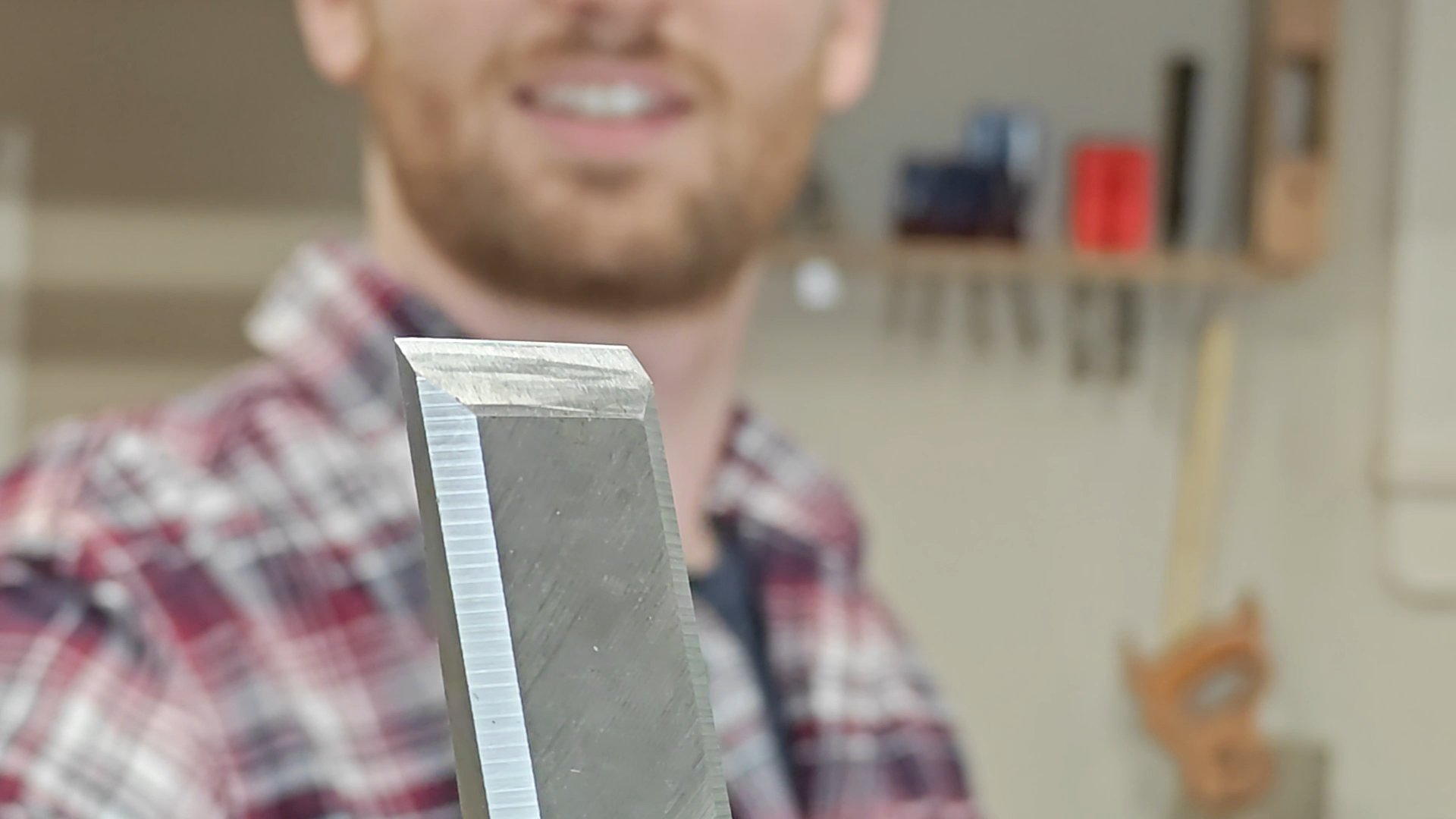Tool Sharpening
Many skills are learned by doing. The more you make the better you get. For example, learning how to properly measure and mark ensures tighter fitting parts. But there are a few things you can learn that have a huge impact on your woodwork.
Recently, I have been incorporating more hand tool work into my projects. It wasn’t intentional, I’m not a hand tool woodworker, but there are certain tasks that are easier done by hand, such as fitting traditional joinery.
But fine detail work can also be extremely frustrating when a tool is dull. The wood fibers mush instead of cut, leaving bruised pieces and jagged edges, taking away from all that hard work you put into the piece.
And that’s why sharpening is one of the most important skills a woodworker can possess. If you know what a sharp tool feels like and you know how to touch up a tool when it begins to dull you’ll spend more time perfecting your fine woodwork and less time covering up your mistakes.
All that to say, I have launched my first course which covers the topic of sharpening. It’s a comprehensive guide on everything you need to know to improve your sharpening skills and ultimately, your woodwork.
The course was designed with everyone in mind, whether you’re a beginner or a seasoned pro. My philosophy on sharpening is to do it fast, do it more often, and to get back to work, so I teach my course as I sharpen in real life. No need to chase a mirror finish, just an adequate sharpness to get the job done (which is still as sharp as a straight razor).
Interested in taking the course, check out the Courses page on my website.

